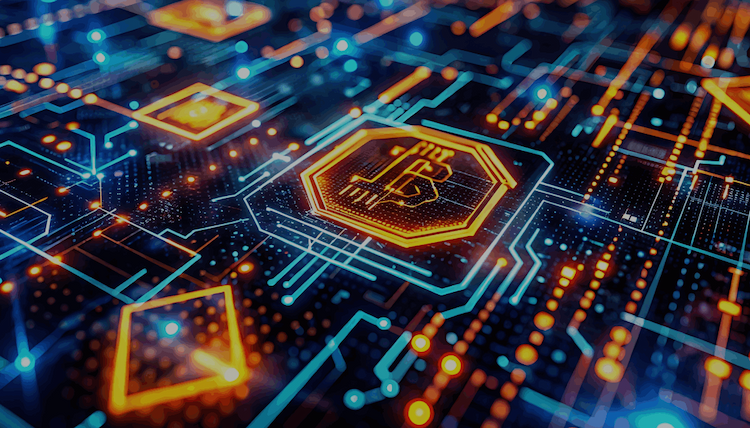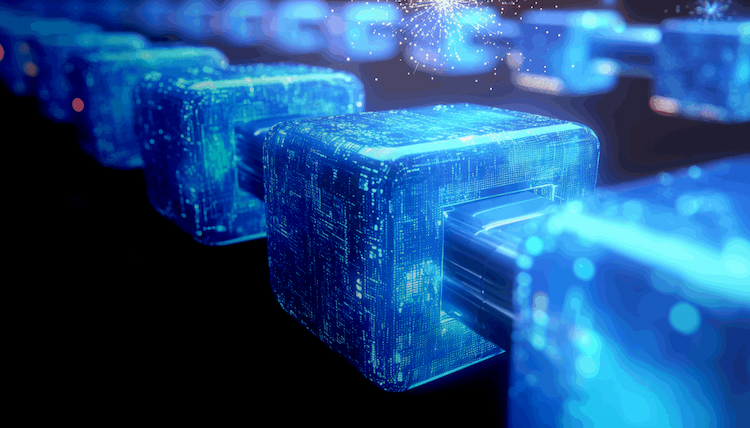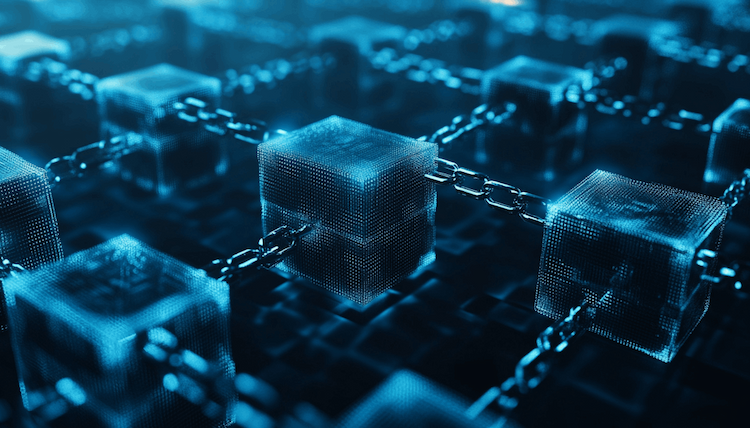
In recent years, cryptocurrencies have been the most common tokenized assets. However, with the expansion of blockchain technology, real-world asset (RWA) tokenization has become more common, especially within the financial industry. For example, Bank of America called RWA tokenization a “key driver of digital asset adoption” and reported that the tokenized gold market had captured over $1 billion in investment. With this growing demand, more institutional investors and traditional financial companies enter the space through tokenized treasury bonds, stocks, fiat currencies, real estate, and more.
Tokenization bridges the gap between traditional and digital assets by bringing tangible assets onto blockchain networks. In this Feature, we will dive deeper into real-world asset tokenization and how it works; we will also lay out some concrete examples and their benefits and risks.
Understanding Real-World Asset (RWA) Tokenization?
Tokenizing assets transforms physical or digital assets into digital tokens using a distributed ledger or blockchain. The concept behind real-world asset tokenization allows a digital investment to be created on the blockchain from an originally tangible asset, such as stocks, bonds, real estate, currencies, and other commodities.
How does Asset Tokenization Work?
At its core, asset tokenization stores tangible assets as digital tokens on a blockchain. These tokens are digital representations of ownership, secured by blockchain technology, making transactions secure, efficient, and transparent. The process splits assets into smaller units, increasing their tradability and liquidity.
These digital tokens are generated with scarcity through blockchain technology. This enhances the trading process, increases capital circulation around assets, stabilizes price, and simplifies buying and selling assets in larger quantities. Additionally, blockchain empowers users to oversee and control their tokens.
Examples of RWA Tokenization
As aforementioned, RWA tokenization is already spread across several industries;
For example, tokenizing tangible assets, such as fiat currency, equities, credit, commodities, carbon credits, intellectual property, and fine art, involves converting them into digital tokens and storing them on a blockchain. These tokenized assets grant holders ownership rights to be securely stored, traded, and utilized as collateral across various blockchain networks.
In comparison to real-world and tangible tokenization, the tokenization of digital assets tokenizes assets that exist in digital form on a blockchain network. This process is crucial for applications representing governance rights in Decentralized Autonomous Organizations (DAOs) and facilitating cross-chain assets. Furthermore, in-game asset tokenization utilizes assets within GameFi projects or metaverses, such as skins, weapons, or in-game currencies, that can be transformed into tokenized representations.
A company that is backing asset tokenization is Structure.fi. The project provides assets supported by equity, including the complete S&P 500 index. The tokens on their platforms enable seamless integration of tangible holdings into the offerings of exchanges, DeFi protocols, wallets, and other web3 applications, all following regulations and requiring minimal implementation exertion.
Benefits and Risks
Tokenization offers various benefits, starting with amplified liquidity for assets that have traditionally been difficult to trade due to their illiquid nature. This newfound liquidity stems from the increased accessibility and tradability that tokenization brings. Moreover, tokenization is more cost-efficient as it removes intermediaries from transactions, thus reducing overall transaction costs. Furthermore, implementing automated smart contracts amplifies operational efficiency, streamlining the complex transaction settlement and clearance processes.
However, certain risks come with tokenization. The evolving legal frameworks surrounding tokenized assets result in regulatory uncertainty. Additionally, tokens introduce liquidity risks that could impact the rapidity with which tokens can be sold. Another risk lies in valuing specific tokens, particularly utility tokens, given their unique characteristics, adding a layer of uncertainty to the valuation process.
The Future of RWAs
The future of tokenization is promising. Market projections are optimistic, with forecasts suggesting that the tokenized asset market could grow to $16 trillion by 2030. As real-world asset tokenization represents a shift in the financial landscape, real-world asset tokenization is poised to reshape how we view and engage with investments and ownership.






